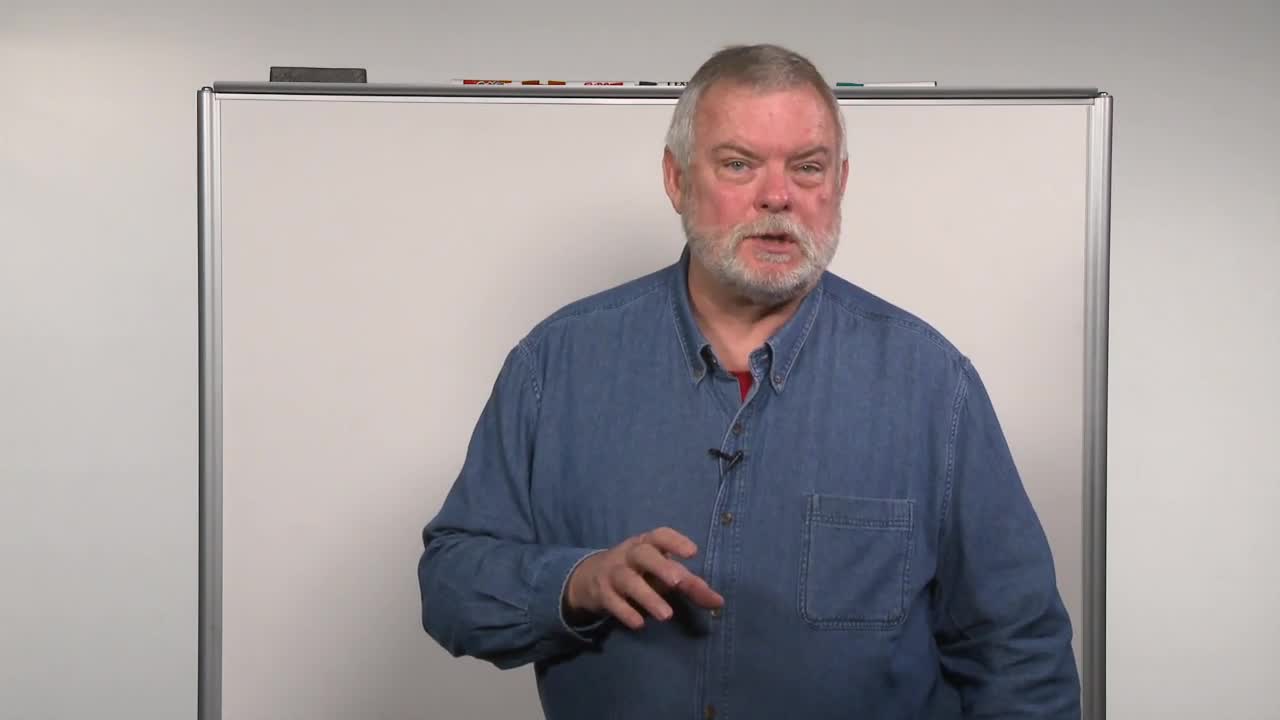Understanding the Shortest Path First (SPF) Algorithm LiveLessons (Networking Talks)
- By Jeff Doyle
- Published Jul 3, 2014 by Addison-Wesley Professional. Part of the LiveLessons series.
Downloadable Video
- Sorry, this book is no longer in print.
- About this video
Accessible from your Account page after purchase. Requires the free QuickTime Player software.
Videos can be viewed on: Windows 8, Windows XP, Vista, 7, and all versions of Macintosh OS X including the iPad, and other platforms that support the industry standard h.264 video codec.
Register your product to gain access to bonus material or receive a coupon.
Description
- Copyright 2015
- Edition: 1st
- Downloadable Video
- ISBN-10: 0-7897-5383-9
- ISBN-13: 978-0-7897-5383-0
60 Minutes of Video Instruction
Understanding the Shortest Path First (SPF) Algorithm LiveLessons—Networking Talks is the primer you need to truly understand SPF calculations. It’s time to really understand how Link State protocols work and why some of the rules you encounter with this family of protocols exists.
Description
Understanding the Shortest Path First (SPF) Algorithm LiveLessons—Networking Talks explains basic SPF calculation through a combination of bullet points and whiteboard demonstrations. The lessons also demonstrate how SPF takes into account Equal-Cost MultiPath (ECMP) and multi-access links such as Ethernet. By understanding SPF calculations, engineers can better understand and troubleshoot Link State protocols.
Major sections are as follows:
Lesson 1: Overview of Distance Vector and Shortest Path First Protocols
Lesson 2: Fundamental Link State Concepts
Lesson 3: Building the Link State Database
Lesson 4: A Basic SPF Algorithm
Lesson 5: A Basic SPF Calculation
Lesson 6: Designated Routers and Pseudonodes
Lesson 7: Equal-Cost Multipath (ECMP)
Lesson 8: ECMP and Pseudonodes
Lesson 9: Problems with Link State Protocols and Conclusion
About the Author
Jeff Doyle, CCIE 1919, is Principal Architect at FishNet Security. Specializing in IP routing protocols, MPLS, IPv6, SDN, and next-generation data center architectures, Jeff has designed or assisted in the design of large-scale IP service provider networks throughout North America, Europe, Japan, South Korea, Singapore, Brazil, Saudi Arabia, Australia, Taiwan, South Africa, and the People’s Republic of China. Jeff is the author of Border Gateway Protocol (BGP) LiveLessons and the best-selling Routing TCP/IP, Volume 1, both by Cisco Press.
Skill Level
- Beginner to intermediate
What You Will Learn
- An understanding of how a Link State protocol calculates a shortest path tree
- Improved understanding of the rules and behavior of Link State protocols, leading to better design and troubleshooting skills
Who Should Take This Course
Network engineers and students who want to better understand how Link State protocols work and why some of the rules they encounter with this family of protocols exist.
Course Requirements
A very basic understanding of routing protocols.
Table of Contents
Introduction
Lesson 1: Overview of Distance Vector and Shortest Path First Protocols
Lesson 2: Fundamental Link State Concepts
Lesson 3: Building the Link State Database
Lesson 4: A Basic SPF Algorithm
Lesson 5: A Basic SPF Calculation
Lesson 6: Designated Routers and Pseudonodes
Lesson 7: Equal-Cost Multipath (ECMP)
Lesson 8: ECMP and Pseudonodes
Lesson 9: Problems with Link State Protocols and Conclusion
Lesson 1: Overview of Distance Vector and Shortest Path First Protocols
Lesson 1 provides an overview of distance vector and the shortest path first protocols so you understand the background and terminology used in the course.
Lesson 2: Fundamental Link State Concepts
Lesson 2 discusses, without going into any specific Link State protocol, essential concepts, including Adjacencies, Information Flooding, Link State Databases, and SPF Calculations.
Lesson 3: Building the Link State Database
In Lesson 3, a node-and-link network graph is drawn on the whiteboard, and the creation of a simple Link State Database based on the network is demonstrated.
Lesson 4: A Basic SPF Algorithm
Lesson 4 introduces the rules of a simple step-by-step SPF calculation.
Lesson 5: A Basic SPF Calculation
In Lesson 5, using the network and Link State Database previously drawn, an SPF calculation resulting in a loop-free, lowest-cost tree from the root to every node in the network is demonstrated.
Lesson 6: Designated Routers and Pseudonodes
SPF calculations require a graph of nodes and links. Lesson 6 discusses, using the whiteboard, how a multiaccess network such as Ethernet can be represented in such a graph.
Lesson 7: Equal-Cost Multipath (ECMP)
Lesson 7 discusses types of equal-cost paths and modifications of the SPF algorithm to support them.
Lesson 8: ECMP and Pseudonodes
A special case involving ECMP in which one of the paths crosses a pseudonode can cause an interesting calculation problem. The problem, and the SPF rule modification to prevent it, is demonstrated on the whiteboard in Lesson 8.
Lesson 9: Problems with Link State Protocols and Conclusion
Lesson 9 discusses briefly common problems in Link State networks and the features of Link State protocols that solve them. The course is then concluded.
About LiveLessons Video Training
LiveLessons Video Training series publishes hundreds of hands-on, expert-led video tutorials covering a wide selection of technology topics designed to teach you the skills you need to succeed. This professional and personal technology video series features world-leading author instructors published by your trusted technology brands: Addison-Wesley, Cisco Press, IBM Press, Pearson IT Certification, Prentice Hall, Sams, and Que. Topics include: IT Certification, Programming, Web Development, Mobile Development, Home and Office Technologies, Business and Management, and more. View all LiveLessons on InformIT at: http://www.informit.com/livelessons
Sample Content
Table of Contents
Introduction
Lesson 1: Overview of Distance Vector and Shortest Path First Protocols
Lesson 2: Fundamental Link State Concepts
Lesson 3: Building the Link State Database
Lesson 4: A Basic SPF Algorithm
Lesson 5: A Basic SPF Calculation
Lesson 6: Designated Routers and Pseudonodes
Lesson 7: Equal-Cost Multipath (ECMP)
Lesson 8: ECMP and Pseudonodes
Lesson 9: Problems with Link State Protocols and Conclusion
